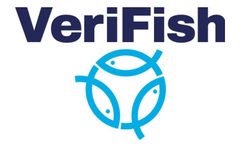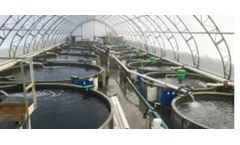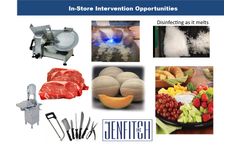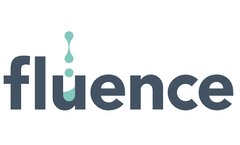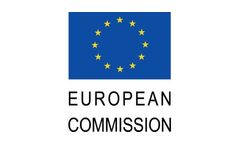Refine by
Seafood Production Articles & Analysis
16 articles found
Consumers need information about sustainability and nutrient values, as well as provenance, and potential risks and benefits of the products they consume. However, when it comes to seafood consumption, the complexities of health benefits, sustainability, and climate impacts create a daunting landscape for consumers. ...
ByEurofish
In addition, dry ice can isolate oxygen-O2 by increasing the partial pressure of CO2 in the packaging, inhibit the breeding of bacteria, slow down their metabolism, and ensure that fruits, vegetables and seafood products are fresh and not spoiled. Applications of dry ice blocks Smoke Effect Dry ice is widely used in stage, theater, film and television, wedding, ...
As the global demand for seafood continues to surge, aquaculture has emerged as a vital solution to meet this growing need sustainably. However, fish farming comes with its challenges, one of which is maintaining optimal water quality to ensure the health and growth of aquatic species. This is where ozone technology, specifically Absolute Ozone® generators, is making a remarkable impact. ...
They have also incorporated JC 9465 into their ice-making machines improving product shelf-life as well as eliminating biofilm. By injecting JC 9465 into their water lines supplying the ice machines, the ORP readings went up from 451 to 632. ...
In recent years, the global market for seafood products, including fresh shrimp, has grown, alongside consumer awareness of and demand for sustainably-sourced produce. ...
Creativity and Confidence: Inspired by the food lifestyle industry, consumers are turning more often to seafood like shrimp. Armed with the confidence to try new foods and recipes, they want to eat healthy, cook more at home, and enjoy a more varied diet. E-commerce: Both for fresh and frozen seafood products, e-commerce platforms are ...
"We know that consumers are increasingly concerned about the environmental impact of seafood production and to be sustainable”, says Chairman James McEuen, “so the future of aquaculture really has to be land-based". ...
As an evident, let us take the recent report furnished by Oceana, a seafood product supplying organization has its products found to be mislabeled to more than around 43%. ...
At the same time, technological advances have transformed the seafood industry, with trade and production now more globalized. Among many seafood-related water issues, two categories stand out: The industry’s water footprint, and pollution caused by aquaculture and processing. ...
It is important to choose a variety of seafood rather than consuming the same product over and over which can become boring. ...
Recent decades’ innovations in seafood drying technology, improvements in seafood drying machine, and incentives toward an increasingly globalized economy have radically transformed the world’s dried seafood trade. ...
The reformed Common Fisheries Policy2 also aims to promote the sector and EU Member States are currently developing national aquaculture strategies. Presently, a quarter of seafood products consumed in the EU (including imports) are produced on farms; in 2011, 1.24 million tonnes of aquaculture goods were produced in the EU, worth €3.51 billion (European ...
If you throw in factors such as fertilizer and chemical production, fuel use and agricultural land-use change, the proportion rises – along with the uncertainty – to between 17% and 32%. Researchers may enhance yields and farmers may use resources more efficiently, but populations will increase − and so will demand for meat and dairy products. ...
Ten perfluoroalkyl acids (PFAAs) were measured in the seafood collected from Bohai Bay, China, in 2010. The summed concentrations of the PFAAs were in the ranges of ND–194 and 4.0 to 304 ng/g dry weight for invertebrates and fish, respectively. The levels of perflurooctanesulfonate (PFOS) and perfluorooctanoic acid (PFOA) in the seafood were lower than those from North America, the Mediterranean ...
If aquaculture is to promote sustainable seafood production, the public must be willing to accept associated tradeoffs. ...
Despite the enormity of the commercial fishing industry of the USA, the structure of the industry and various interactions are not known on a national basis. The US public wants seafood, but current domestic production capabilities appear to be inadequate to support the growing demand for seafood. Imports, particularly aquacultured ...

